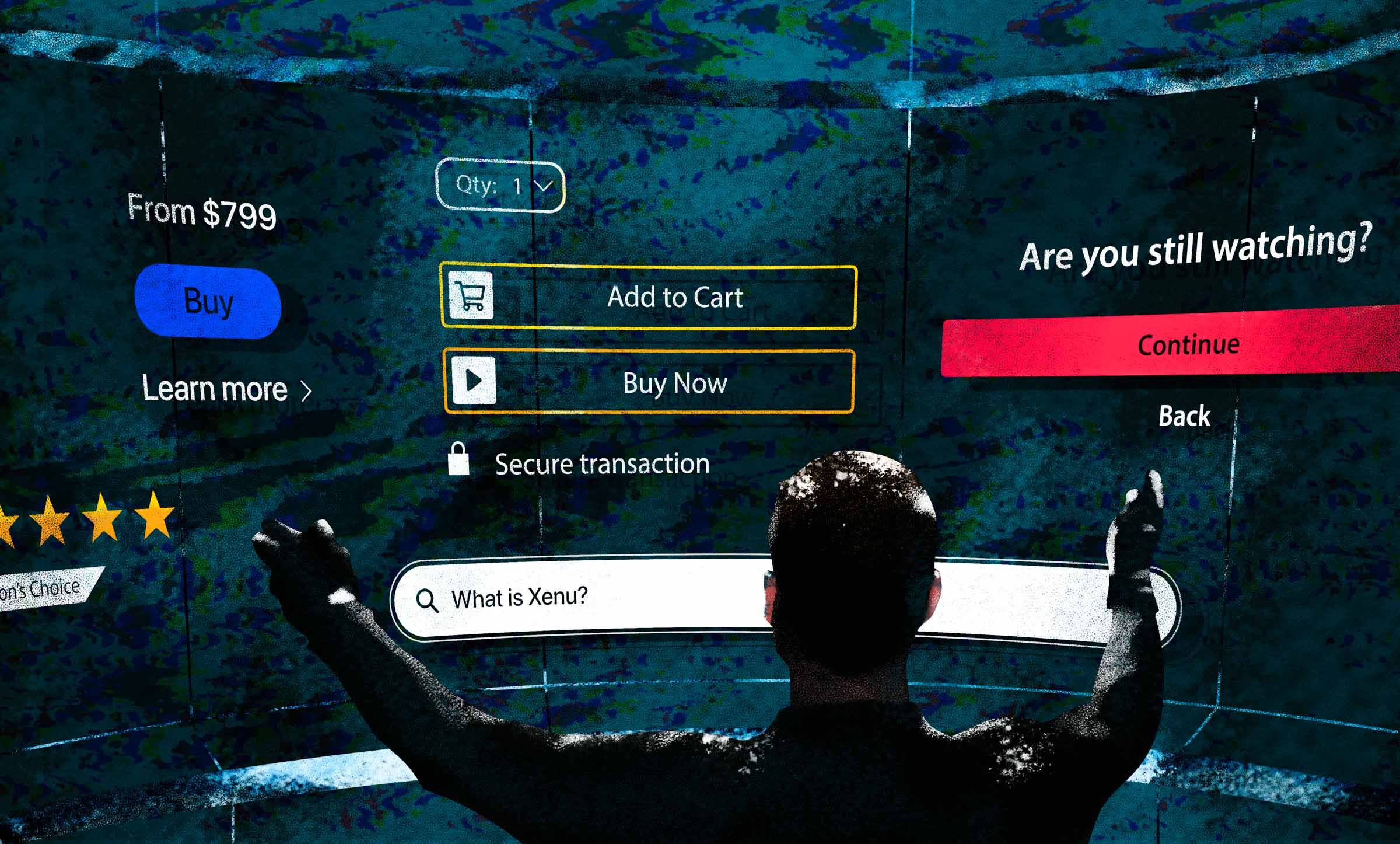Make Third-Party Tools Work for Your Unique Needs
3 min read
Third-party tools can be hard to work with, but try having a modern, functional bank site without them, especially if your institution is small or regional. Online banking, account management, account sign-up, calculators, investor portals – how do you keep these external tools from ruining your site’s user experience, not to mention its design and functionality?
Push Your Vendors
You’re likely using third-party tools right out of the box. Don’t settle for that. Talk to your vendors about changing layout, color scheme, and even interface interactions. You might be surprised at what’s possible.
Your vendors probably won’t like this very much. Don’t let up. Tell them what you need from their product. See how far you can get them to push it. It will take nagging. It will take multiple phone calls and emails. It might take calls to managers and managers of managers. Do it anyway. Your site will offer a more consistent experience for it. Your users will be happier for it. Your business will be better for it.
Speak With a Technical Person
Account representatives and sales people are motivated to say yes to everything. They rarely have a mastery of the implications of product features, functions, or capabilities. Technical resources are far more likely to be open about the good and bad of a product. Make sure you have your own technical person or IT representative on hand for this conversation. Record it for reference.
Ask a Zillion Questions
If you’re unsure what to say, ask a developer. They will identify incisive questions quickly. Here are a few questions to try:
- Mobile – Is the product mobile friendly? In what ways?
- Alteration – What options do we have for UI skinning? How we accomplish that? What extra costs are involved?
- Browser Compatibility – What browsers are supported?
- Hosting/Servers – Where is this tool/data hosted? What will the URL look like?
- Integration – What are our options for integrating the tool with our website?
- Flexibility – What flexibility do we have with layout and presentation?
- Data Access – Can we directly access data via an API?
- Maintenance – How do we manage content?
- Documentation – Where is your documentation for users? Where is your documentation for developers?
- Support – What happens when there is a problem?
Do Your Homework
Don’t simply accept a third-party tool brought to you by the analysts, IT team, or leaders. Get product demos and do competitive research. You may discover a better way.
Third-Party Tools Should Work For Your Business
Third-party functionality is usually developed to answer a need or problem for the largest number of customers possible. This often results in tools that appeal to the lowest common denominator in terms of design, interactions, and user experience. Do whatever you can to make these tools work for your site, rather than against it.
Next Post in This Series
Keep Your IT and Marketing Teams Talking and Collaborating
Part of the 10 Big Issues Banks Face Online and How to Deal With Them Whitepaper
All Posts in This Series
- Keep Compliance and Regulations Out of Users' Way
- Prioritize Digital Accessibility for Good Business and Happy Users
- Cover the Basics Before Worrying About the Competition
- Users Before SEO (Always)
- For Easier Maintenance, Focus on Consistency & Efficiency
- Make Third-Party Tools Work for Your Unique Needs
- Keep Your IT and Marketing Teams Talking and Collaborating
- Don't Let Internal Content Compete with External User Needs
- Choose the Right Content Management System with Research
- Acquire New Customers and Retain Old Ones with Excellent Usability





